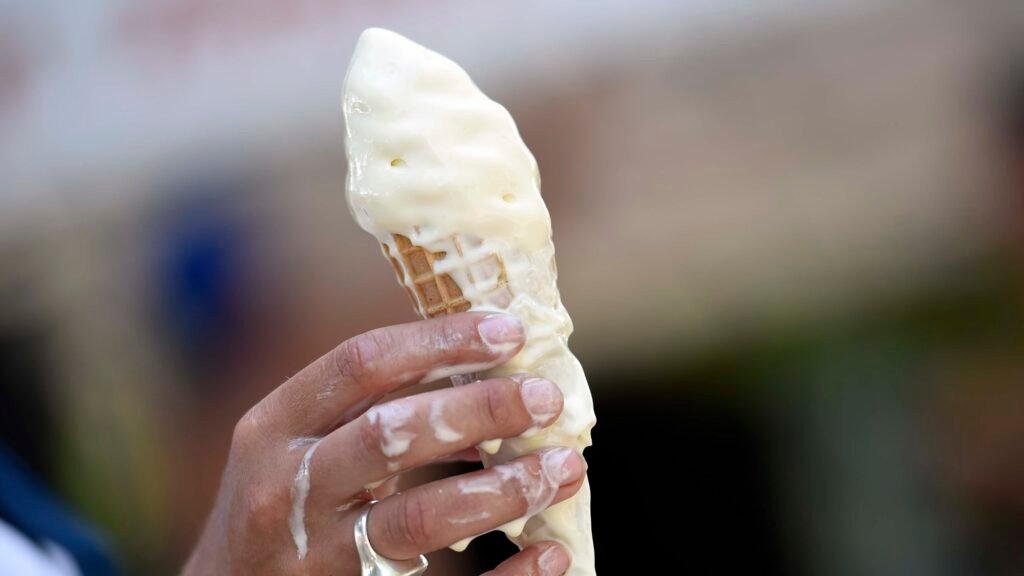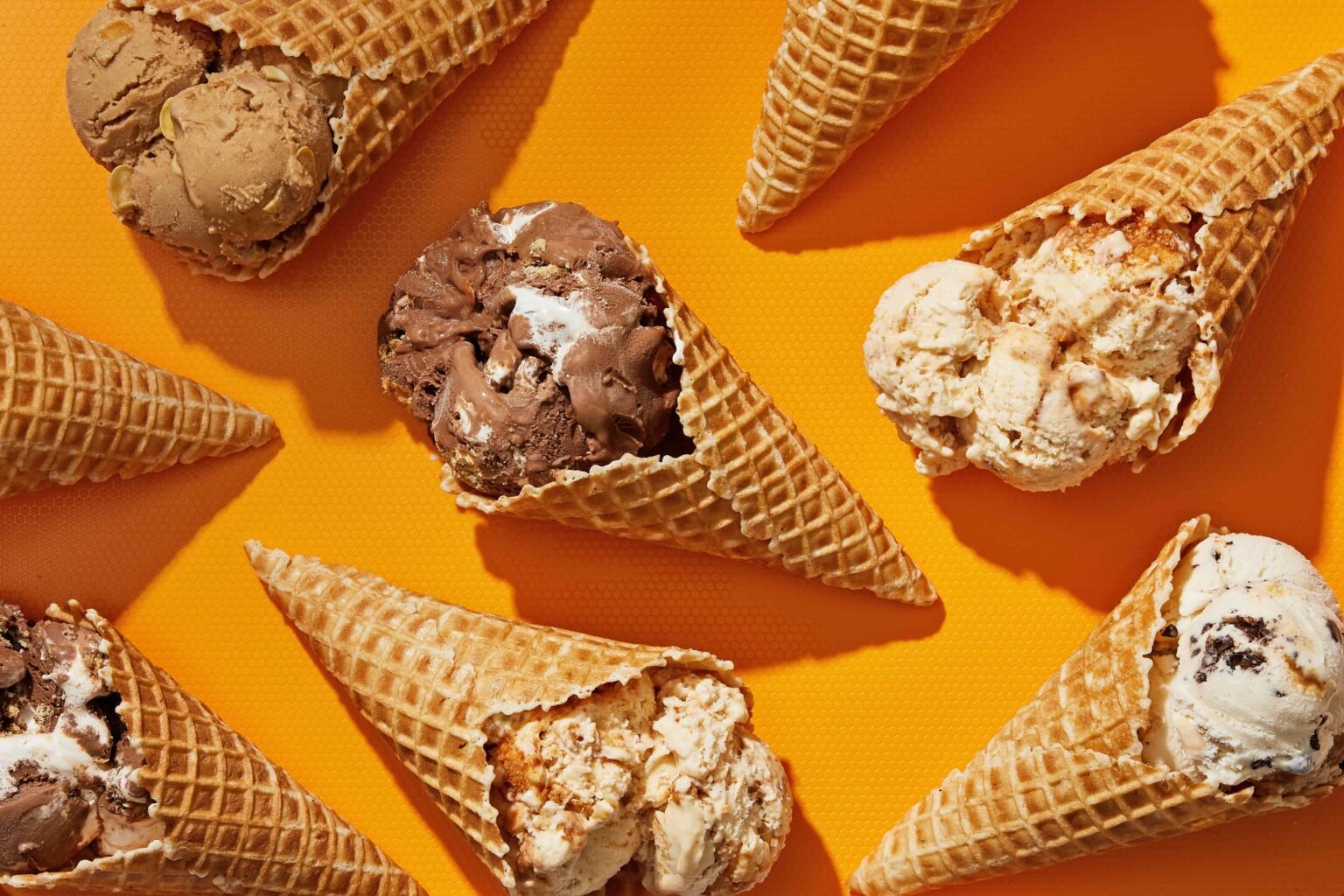Why Ice Cream Melts So Quickly

The quest for ice cream that doesn’t melt has become a serious scientific pursuit. Ice cream, the quintessential summer indulgence, is notoriously fleeting—it begins its descent into a sticky mess as soon as it’s scooped. This happens because traditional ice cream is a delicate emulsion of cream, sugar, and air—held together only at freezing temperatures. Once exposed to warmth, even briefly, its structure collapses into sugary slush.
Stabilisers: The First Line of Defense
Manufacturers have long used stabilisers like guar gum, locust bean gum, and carrageenan to improve the texture and shelf life of ice cream. These plant-derived compounds help reduce the size of ice crystals and slow down melting. However, they can’t stop the inevitable if the temperature rises too high.

Even during transport or a brief exposure to warm air, melting begins. Once melted ice cream is refrozen, it often develops large, unpleasant ice crystals that ruin the creamy texture.
Enter Polyphenols: The New Ice Cream Armor
Recent experiments in food science suggest that polyphenols—natural compounds found in fruits and plants—may offer a revolutionary solution. Scientists discovered that adding tannic acid, a specific type of polyphenol, can significantly alter the structural behavior of cream.
In trials, increasing concentrations of tannic acid caused cream to form a gel-like substance that resisted melting. The higher the dose, the more solid and stable the mixture became, even when exposed to room temperatures for extended periods.
What Happens Inside the Cream?

Under the microscope, researchers observed that tannic acid interacts with the proteins and fats in cream. This interaction forms a dense, interwoven structure that prevents melted fat from separating and dripping. Essentially, it creates a barrier that holds the creamy substance together longer—even without constant freezing.
This type of ice cream doesn’t melt traditionally. Instead of turning into a puddle, it gradually becomes pudding-like. It’s less of a frozen treat and more of a “soft-solid” dessert. Think of it as shapeshifting rather than melting.
Texture vs. Taste: Striking a Balance
While the concept of an ice cream that doesn’t melt is fascinating, there’s a catch. The thickening properties of tannic acid can lead to an overly dense or rubbery texture, which might not appeal to every palate. Consumers expect ice cream to be light, creamy, and cold—not chewy or gelled.
Food scientists are now grappling with the challenge of finding the sweet spot: a formula that resists melting yet preserves the classic mouthfeel of traditional ice cream.
Real-World Applications and Future Innovations
Heat-resistant ice cream could be a game-changer, especially in hot climates or regions where refrigeration isn’t reliable. Vendors could sell ice cream with reduced need for freezing, cutting down on energy use and waste.

In addition to polyphenols, ongoing research is exploring other natural ingredients—such as plant proteins, edible fibers, and probiotics—that may help stabilize ice cream. These innovations could pave the way for healthier, more sustainable frozen treats.
Will Non-Melting Ice Cream Hit the Market Soon?
Some companies have already experimented with prototypes of heat-resistant ice cream, particularly in Asia. These products are popular in settings like outdoor theme parks and festivals, where traditional ice cream would melt too quickly.
Still, widespread commercial production of non-melting ice cream will depend on consumer acceptance. If people embrace a new texture and consistency in exchange for longer-lasting enjoyment, we may soon see it at our local scoop shops.
A Dessert Revolution in the Making?
The idea of ice cream that doesn’t melt is no longer science fiction. Thanks to polyphenols and food science ingenuity, we are closer than ever to redefining what frozen desserts can be. Whether it becomes a niche novelty or a global staple depends on how well scientists can merge functionality with flavor.
Until then, enjoy your cone while it’s cold—and keep a few extra napkins handy.




